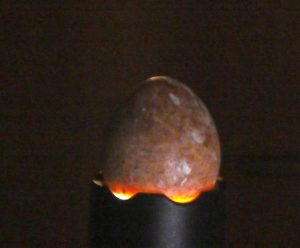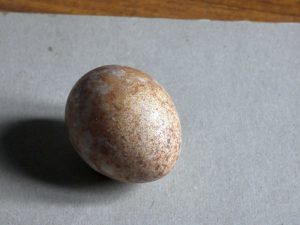Just to let you know that I am scaling back the daily searches for Yurruga. I last saw him on a roof on 25 November (three days after fledging) and he was seen later the same day by a colleague in the same place during a thunderstorm.
After a week and two days of no sightings, I have to conclude that Yurruga has had a mishap, probably while flying in poor weather, which was atrocious last week. I have looked everywhere there is open space to see if he crash landed, but nothing. Around the campus, there are extensive areas of dense vegetation, either long grass or close plantings, making detection difficult.
This is a very sad outcome for the chick, who, although slight underdeveloped in his plumage, clearly wanted to fledge, and, at 45 days, so did his parents, who lured him out with prey. The average fledge age at this site is 42 days, slightly younger for males. His wing exercising and appetite were excellent, so, given good weather, there was no reason why his flying skills couldn’t have improved quickly. But continual thunderstorms would have hampered that progress and also made hunting difficult for his parents.
It is especially unfortunate as it was the only egg that hatched (one was unfertilised; the other fertilised, but undeveloped ie no chick had formed). One (the fertilsed one) exploded after candling….the other is going to the Australian Museum.



This was the unfertilised egg, the other exploded (yes, all over me).
Let’s hope for a better season next year, but one must remember that these parents are not getting any younger. They are at least at eight or nine years old and could be considerably older as we don’t know how old they were when they arrived. Peregrines do tend to lose fertility as they age, but some keep going reproducing strongly until sixteen or seventeen, so one can’t be sure of what will happen.